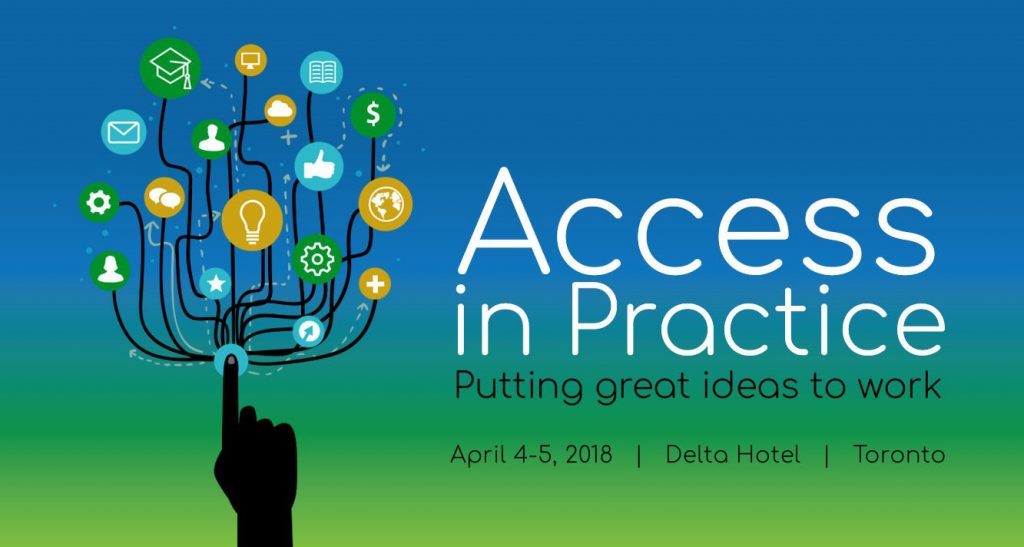
On April 4 and 5, HEQCO will hold its annual conference. The theme this year is “Access in Practice: Putting great ideas to work” and will feature 88 speakers across 24 different sessions presenting their ideas on how best to increase access to and retention in higher education.
As we approach the conference, we will be featuring conversations with some of the people who will be participating as panelists or facilitators to discuss the work they and their organizations are doing in the field of postsecondary access.
Michael Bourdukofsky is chief operations officer of the Alaska Native Science & Engineering Program (ANSEP) at the University of Alaska Anchorage. He will participate in the “Retention Strategies: Strategic Initiatives to Support Student Success” panel. We spoke to Michael to find out more about ANSEP and the work it does with Indigenous students.
Q: Can you describe the Alaska Native Science & Engineering Program (ANSEP)? What does it do and what makes it different from other programs with similar goals?
MB: ANSEP provides a continuous string of components beginning with students in 6th grade and continuing on through high school, into science and engineering undergraduate and graduate degree programs, and through to the PhD. Through hands-on, team-based, residential experiences, ANSEP has built an academic community that provides the inspiration, guidance and opportunity for students from over 100 Alaskan communities. ANSEP arrived at this model after more than 20 years of effort, with the awareness that a fragmented approach that focuses on one academic level is not adequate to deal with the scope of the educational challenges faced by many underserved and underrepresented populations across the US.
Q: What are some of the barriers that Indigenous students face in entering science and engineering programs and professions and how does ANSEP help overcome them?
MB: An education system that isn’t focused on college readiness. Many Indigenous students, especially in rural communities, don’t have access to the resources needed to guarantee they’ll be college ready by high school graduation. Far too many students are arriving at the university requiring development coursework, putting them a year or more behind. The majority of these students do not finish college.
A lack of role models to promote and support college readiness and success. These students need to see more people like them with similar backgrounds, who are accomplishing higher educational goals.
A lack of development of peer support networks of college going students, who can all work together to be successful in college and beyond.
ANSEP is removing these barriers by ensuring students are college ready both academically and socially. By engaging students early and often with career-visioning activities and college-level coursework, ANSEP students will be more than ready for college and beyond. Through ANSEP experiences on the college campuses, students are led by youth program mentors who are successful college-going students with similar backgrounds. They are also building networks with their peers to help motivate and support them through these ANSEP pre-college experiences, into college and STEM careers.
Q: Why is it important to target students for STEM starting from a young age? Is it more or less important in a rural context?
MB: Here’s an analogy that describes our approach. You see people in a river, one after another, by the dozens, and they are struggling to stay afloat and survive. Our instinct is to try and save them, which is of utmost importance. However, there’s way too many people struggling than you can possibly save. If you’re going to have any hope of saving everyone, you need to go upriver, figure out why and how they got into this situation, and give them the tools and equipment they need to survive. Considering time and resources, it will be way more cost-effective to prevent students from reaching the point where they don’t see value in education, begin to lose interest in school, and ultimately arrive at universities and colleges requiring remediation. Their learning needs to be fun and relevant. The system needs quality-control measures to ensure students are meeting certain benchmarks before advancing along their educational pathways. These practices are just as relevant in rural areas as they are in urban areas.
Register now for Access in Practice

